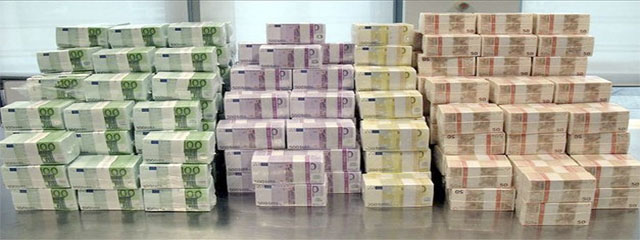In the mid 80 Spanish bank La Caixa used to publish a statistical report putting together, among many data, bank deposits in all the country’s banking branches. That showed the towns with a larger deposit rate per capita, and therefore know where we could find the richest and the poorest area.
Along with a journalist fellow I went to take a look. Hernani, in the Basque Country’s Guipuzcoa, happened to be the town where banks had the largest deposit per capita. The poorests were allegedly in Andalousia’s El Egido.
Visiting both towns, the surprise was huge: Hernani was the Spanish town with biggest bank deposits per capita because only a few months the big steel industry in the area had been resized. Many workers from Hernani who had been let go received some compensation and, as they worried about their future, had put it in their bank account… It was fear that boosted bank deposits.
On the contrary, in El Ejido (Almería Province) nobody had money in the bank. What for? They invested in new farms, greenhouses, more plastic for the agricultural production… The reality turned out to be exactly the opposite of what could be expected on the basis of simple statistical data.
As the European Central Bank gets ready to launch new monetary measures, unconventional ones, perhaps we should remember this story. Because the ECB may increase its balance sheet in a billion euros. But such a liquidity shot won’t be very useful if Europeans just don’t know if they live in Hernani… or in El Ejido.
The true danger of a third recession in the eurozone can dissipate, and quickly. Provided that after the stress test and the banking union, the euro’s depreciation, the EQ, the takeover of Juncker and its new Commission… we finally realize that we live in El Ejido, and not in Hernani.






Be the first to comment on "ECB’s QE: how it can really work (or fail)"